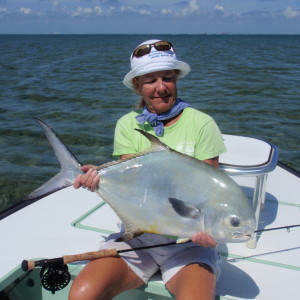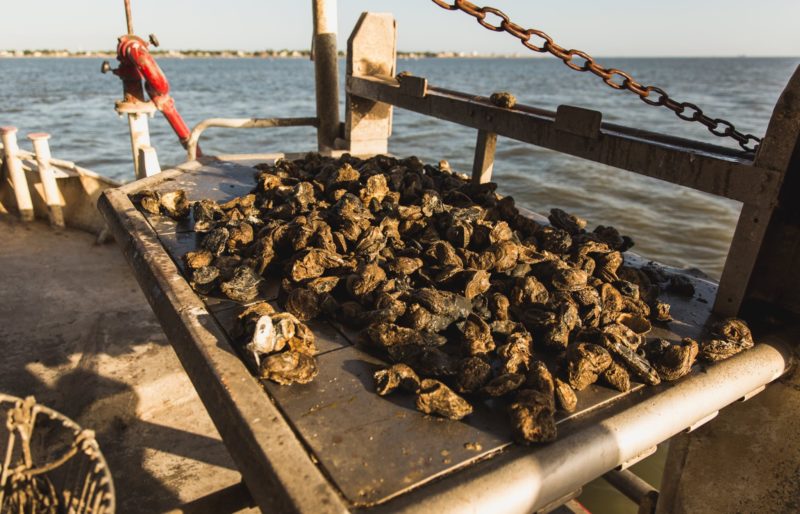This spring's record-shattering flooding from the Mississippi River has wreaked historic havoc on oyster production in the Gulf of Mexico, which could reverberate for years to come with scant supply and hard-to-digest prices.
Louisiana, which bore the worst of the damage from too-low salinity and smothering algae blooms and historically accounts for 75 percent of gulf and 34 percent of U.S. harvest, is all but out of commission for this fall's oyster harvest season.
Mortality at some public and private oyster grounds is up to 100 percent, prompting state officials to close all areas east of the Mississippi and plead with the U.S. government for a federal disaster declaration. Mississippi, with mortality running as high as 90 percent, also has declared a fisheries disaster.
“We are struggling,” said Carolina Bourque, Louisiana's oyster program manager. “Oyster season last year was a huge decrease and this year is going to be even worse. We are fighting way too many environmental changes. We hope Mother Nature will rebound.”
Long term, Louisiana's seasonal landings total about 12.4 million pounds. The 2018 season yielded only about 11 million pounds, with dockside prices averaging about $60 per sack. Supply is expected to plunge this fall and winter. “If you can get your hands on oysters, if you can find them, the price is really going to go up,” Bourque said.
Brad Robin, who has operated Robin Seafood in Saint Bernard Parish for 50 years and leases more than 10,000 acres of oyster bottom from the state, says 80 to 90 percent of his crop is dead.
“My farm has probably lost $30 million to $40 million in product,” Robin said. “It's going to take three years to get our investment back. In the history of my business, it has never been this bad.”
Whether other states can step in to meet the expected increase in demand is an open question. Texas, which has historically occupied the No. 2 slot in U.S. oyster production, is still in recovery mode from years of floods and drought, according to Lance Robinson, deputy division director of coastal fisheries.
Robinson said Texas oyster boats number about 400, creating enough fishing effort to hamper those recovery efforts. He said during the 2018-19 public harvest season, fishermen landed more than 4.2 million pounds of meat with an ex-vessel value of $26.4 million--a heavier catch than the previous five years but the highest value since 2000.
“With the state of the gulf oysters, the demand is going to be high, and it's going to push the price way up,” Robinson said.
And don't look for Florida to pick up any slack.
David Barber, operator of Barber's Seafood in Eastpoint, says Florida's richest oyster grounds – Apalachicola Bay – has the opposite problem from elsewhere in the gulf – a lack of fresh water that has persisted for about five years.
“Something is definitely wrong. We're not producing anything. There used to be 30 boats parked out here. Now I got nothing,” Barber said.
When the bay first dried up, Barber said he would buy four truckloads of oysters a week from Louisiana to sell. But with that supply gone, he's been forced to lay off workers and is waiting to see what happens when Texas opens its season this fall.
“If I knew it would be like this the next five years, I need to go in a different direction,” Barber said. “Without the oysters, our business is pretty much done.”







